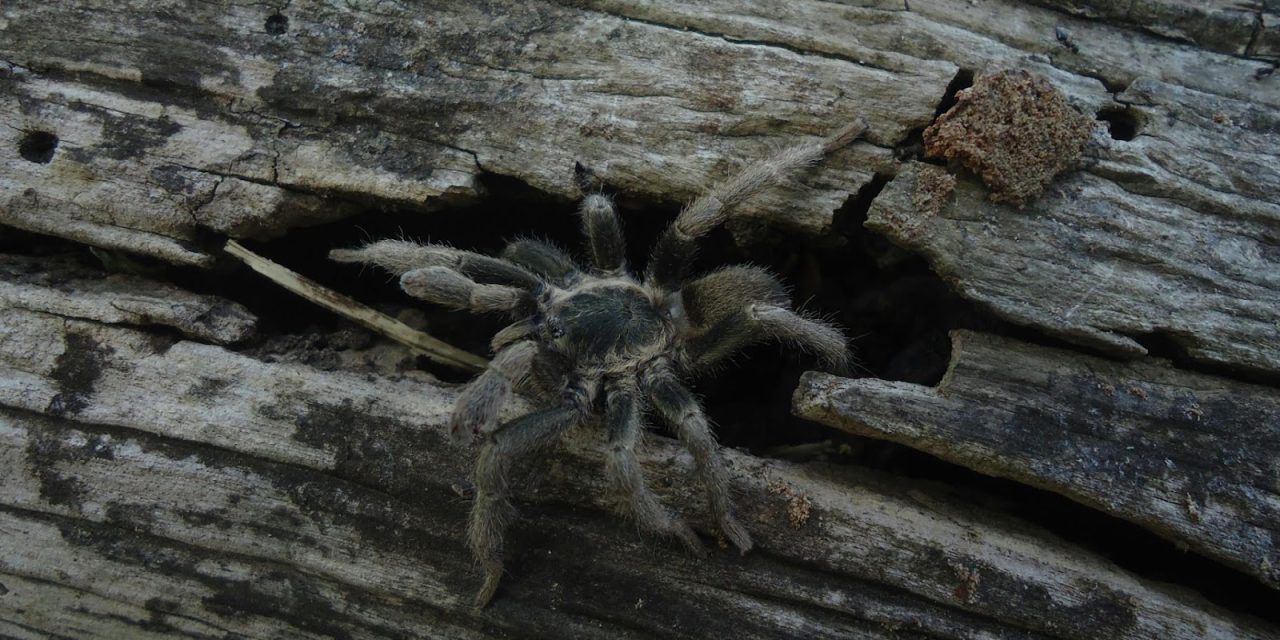In a startling incident that sounds like something straight out of a crime thriller, German customs officials recently uncovered approximately 1,500 live tarantulas hidden inside what appeared to be cake boxes at a major German airport. This bizarre and troubling discovery sheds light on the ongoing global issue of illegal wildlife trafficking and highlights the lengths smugglers will go to in order to evade detection.
The Unusual Find
The incident occurred during a routine inspection at the airport’s customs facility, where officers noticed several suspicious packages labeled as “cakes.” Upon opening these boxes, the officers were shocked to find hundreds of live tarantulas carefully packed inside. Rather than holding sweet pastries, the boxes concealed a massive number of these large, hairy spiders — a sight that left officials both surprised and concerned.
While details of the airport and flight involved have not been fully disclosed to the public, it is believed the tarantulas were smuggled into Germany from a tropical region, where such spiders are commonly found in the wild
Why Tarantulas? The Demand for Exotic Pets
Tarantulas have become highly sought-after in the exotic pet trade. Their large size, impressive appearance, and relative ease of care make them appealing to certain pet enthusiasts. However, this demand has contributed to a booming illegal market where wild tarantulas are captured and transported across borders without any regard for their welfare or conservation.
Many tarantula species are protected under international agreements such as CITES (the Convention on International Trade in Endangered Species of Wild Fauna and Flora). Smuggling these creatures not only violates international law but also endangers wild populations and disrupts fragile ecosystems.
The Illegal Wildlife Trade: A Global Crisis
The discovery of tarantulas hidden in cake boxes is just one example of the larger and deeply troubling problem of illegal wildlife trafficking. This underground market is estimated to be worth billions of dollars annually and includes everything from exotic reptiles and birds to rare plants and mammals.
Wildlife smugglers use ingenious and often cruel methods to transport animals, hiding them inside food packages, toys, electronics, or even shoes. The goal is to avoid customs inspections and deliver these creatures to markets where they can fetch high prices.
Animal Welfare Concerns
The conditions in which these tarantulas were transported were far from humane. The spiders were packed tightly in small boxes designed for cakes — an environment completely unsuitable for living creatures. Such cramped and stressful conditions often lead to injury, dehydration, starvation, and even death before the animals reach their destination.
This not only violates animal welfare laws but also raises ethical questions about the treatment of wild animals in the exotic pet trade. Many tarantulas suffer immensely during smuggling operations, highlighting the cruelty involved in such illicit activities.
The Role of Customs and Airport Security
Customs officials at airports play a crucial role in combating illegal wildlife trade. Their job requires keen observation skills, knowledge of common smuggling tactics, and the ability to act swiftly when suspicious items are discovered.
In this case, the officials’ vigilance prevented a large-scale smuggling operation from succeeding, potentially saving many tarantulas from cruel conditions and helping protect Germany’s natural environment from invasive species.
However, as smugglers constantly evolve their techniques, customs agents face a continuous challenge in detecting and intercepting these illegal shipments.
What Happens Next? The Fate of the Confiscated Tarantulas
Once confiscated, the tarantulas were handed over to wildlife experts and animal welfare organizations who will assess their health and determine the appropriate course of action.
- Healthy tarantulas might be placed in zoos, research centers, or sanctuaries where they can live in suitable conditions and, in some cases, contribute to conservation efforts.
- Injured or ill spiders may receive medical care to recover.
- Sadly, some may be humanely euthanized if their condition is beyond recovery to prevent unnecessary suffering.
While the goal is always to give these animals a second chance, the reality is that illegal trafficking often results in significant losses for the creatures involved.
The Bigger Picture: Environmental and Public Health Risks
Illegal wildlife trafficking is not only an animal welfare issue but also a serious threat to environmental and public health.
- Environmental Impact: Removing large numbers of wild animals disrupts local ecosystems. Tarantulas play important roles as predators controlling insect populations. Their removal can cause imbalances and even threaten other species.
- Invasive Species: Smuggled animals that escape or are released into non-native environments can become invasive, threatening native species and biodiversity.
- Disease Transmission: Wild animals can carry diseases unknown to humans or local animals. Smuggling increases the risk of spreading zoonotic diseases, posing a potential public health threat.
How Can We Stop Wildlife Smuggling?
Combating wildlife trafficking requires coordinated efforts on multiple fronts:
- Stronger Enforcement: Airports, borders, and customs must be equipped and trained to detect and seize illegal shipments.
- International Cooperation: Countries must collaborate to track down and prosecute smugglers who operate across borders.
- Public Awareness: Educating the public about the consequences of illegal wildlife trade can reduce demand for exotic pets sourced from the wild.
- Supporting Ethical Pet Ownership: Encouraging prospective exotic pet owners to obtain animals only from reputable breeders who adhere to legal and ethical standards.
What Can You Do?
As individuals, we can contribute to fighting illegal wildlife trade by:
- Avoiding the purchase of exotic pets without proper documentation.
- Reporting suspicious activities or wildlife trafficking to authorities.
- Supporting conservation organizations working to protect endangered species.
- Spreading awareness about the dangers and cruelty involved in wildlife smuggling.
Final Thoughts
The discovery of about 1,500 tarantulas stashed in cake boxes at a German airport is a vivid example of the bizarre and often cruel tactics used by wildlife traffickers. It underscores the urgent need for vigilance, stronger laws, and global cooperation to protect animals and ecosystems.
While tarantulas may be fascinating creatures to many, their welfare and survival depend on ethical practices and respect for international regulations. This incident reminds us all that behind the exotic pet trade lies a hidden world of suffering and illegal activity that demands our attention and action.






